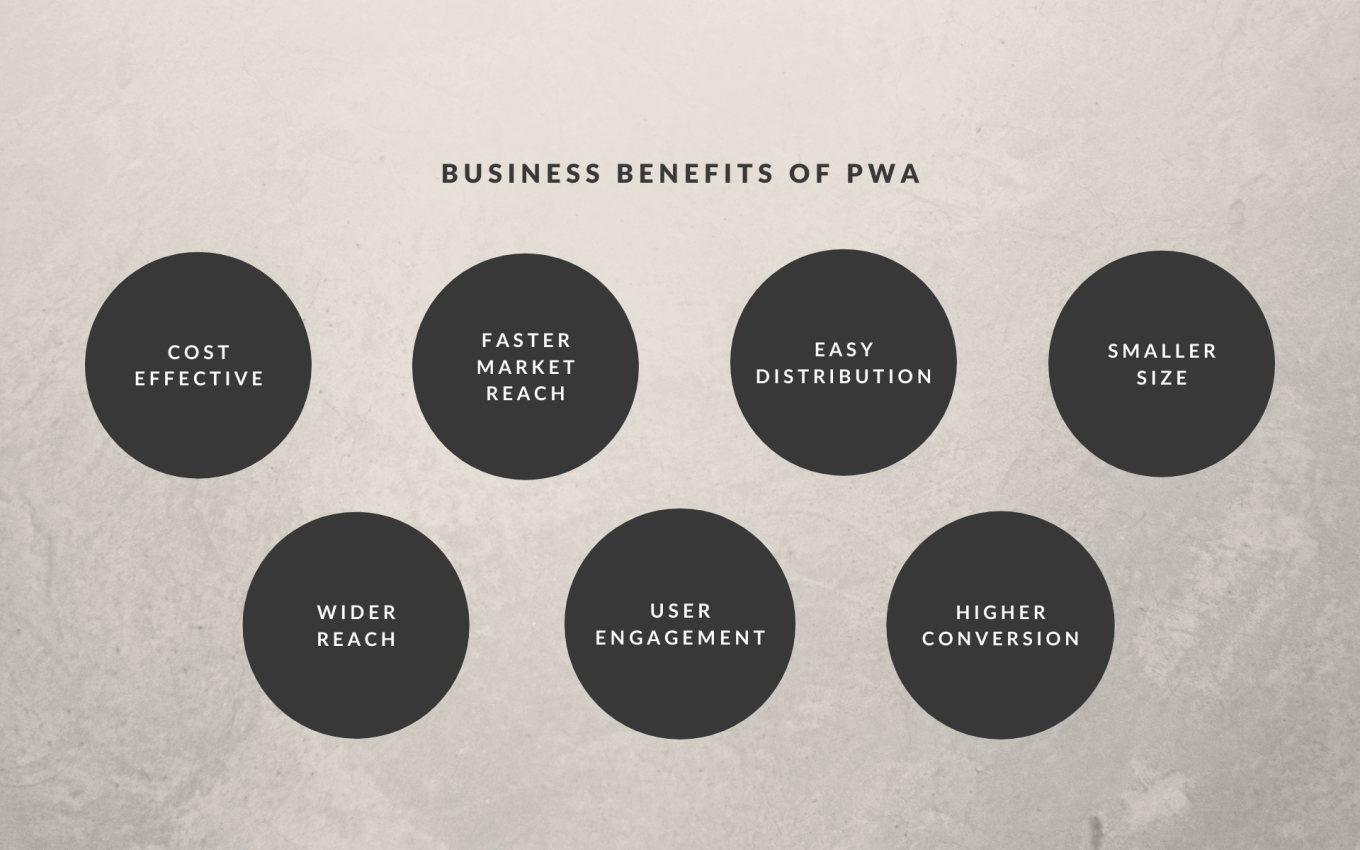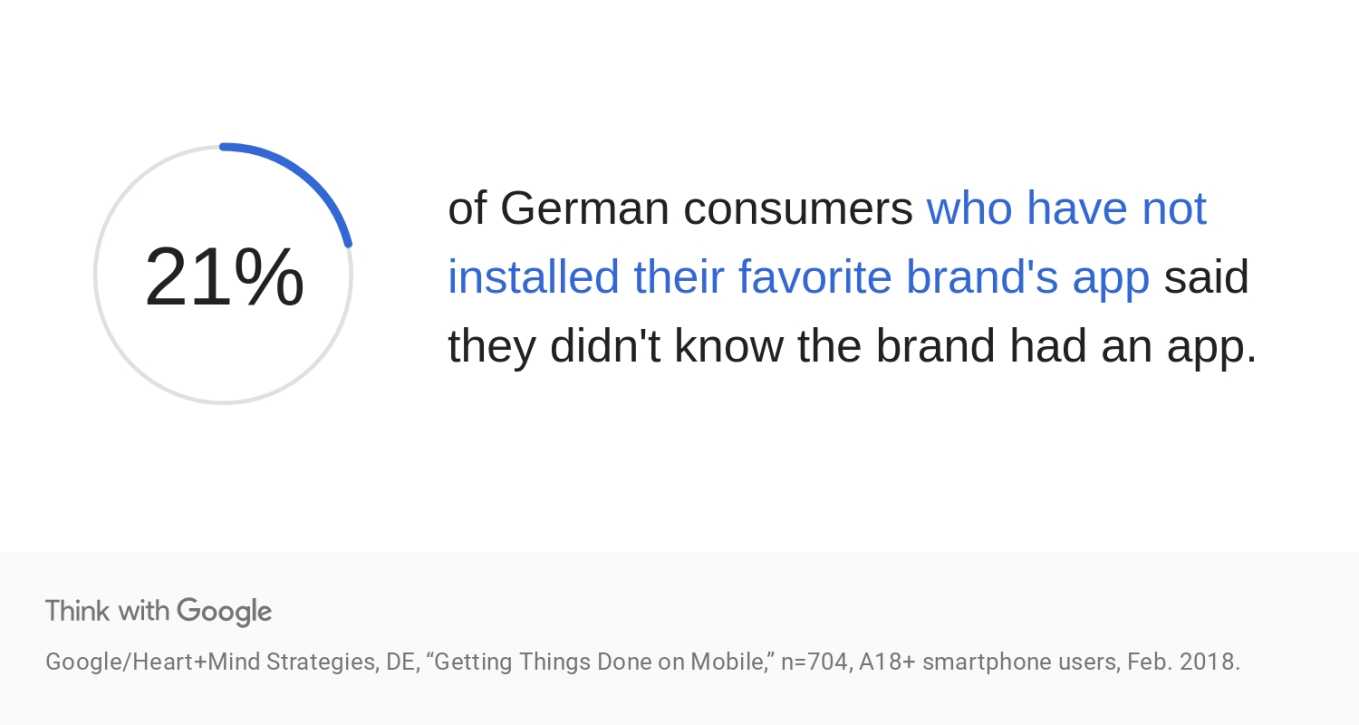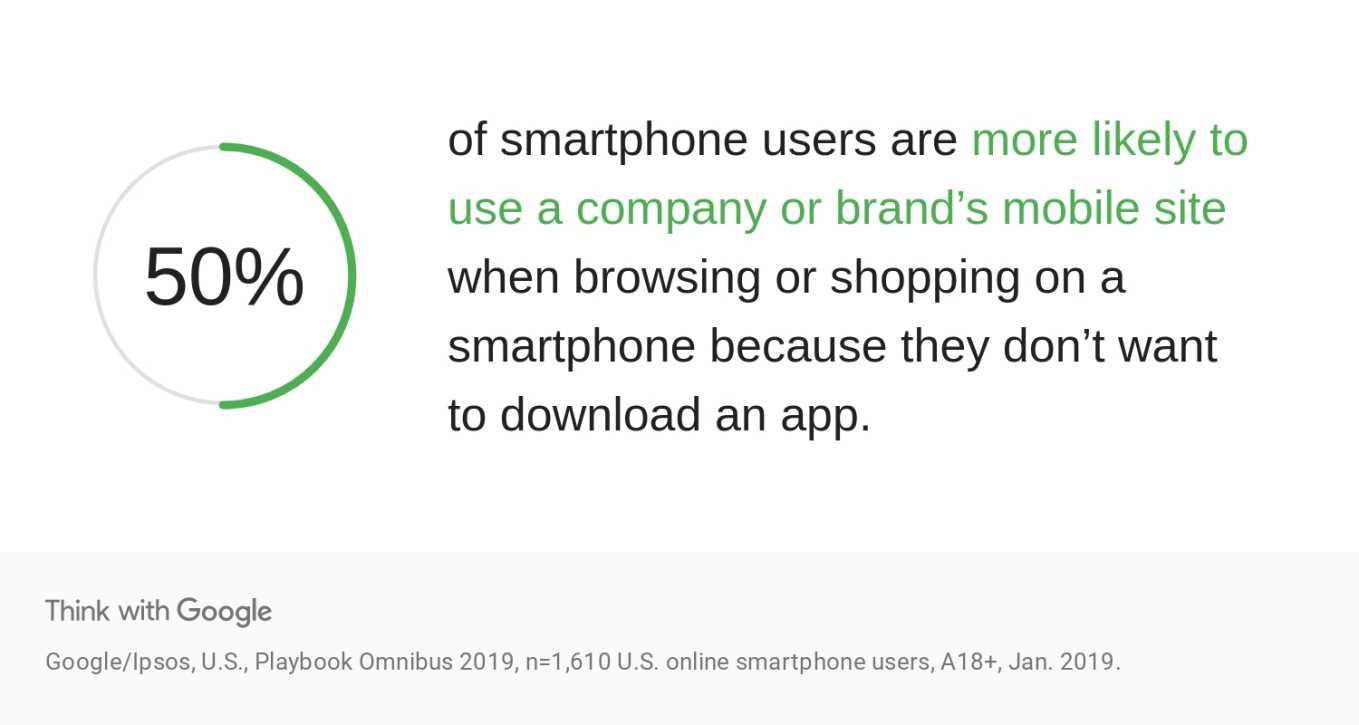- Home
- Blog
- Progressive Web Apps
- Why are PWAs best for eCommerce?
Why are PWAs best for eCommerce?

On this page
Lancôme, Adidas or BMW… Here are a few of the iconic brands that invested in Progressive Web Applications. If you’ve been keeping an eye on eCommerce trends over the last few years, you may have noticed that PWAs carved out an impressive spot next to native mobile apps.
Why? PWA technology is especially effective in the eCommerce space.
Let’s examine how!
7 benefits of PWA for business
PWAs not only offer many benefits from the user perspective, but they are extremely attractive from the business standpoint too. If you want to develop an eCommerce platform, you might consider them as they offer many advantages:

Cost effective solution: because you access PWA from a web browser, you only have to develop them once, unlike native apps. That makes them not only cheaper to develop originally but also prove to be cost efficient over time.
Faster market reach : for the same reason, your app will be available to hit the market quicker than if you had to develop for both iOS and Android.
Easy distribution: since they are platform agnostic, PWAs allow you to bypass the traditional app stores.
Smaller size: the progressive nature of PWAs means that content is downloaded progressively as the user browses, instead of all at once prior to use, using a much smaller portion of the phone’s memory. In fact, most PWAs are under 1MB.
Wider reach: PWAs being websites, they are optimized as such. Anyone looking in a search engine is likely to find you. They are accessible to anyone with an internet connection and their small size makes it easier to access in less connected areas.
User engagement: thanks to push notifications, users are invited to come back on the app even when they are done browsing.
Higher conversion rate: increased speed means increased conversion! More on that to follow.
PWA: Optimized “by design”
Because they implement SEO’s best practice by design, PWAs can help your organic search profile.
To their core, they are mobile websites that are crafted to offer a smoother experience, so they already follow many SEO principles:
They include keywords in headings,
Use canonical tags,
Include all structure and metadata,
They are responsive (i.e. the design adapt seamlessly to all devices and screens size)
They load fast (less than 3 seconds on 3G)
Knowing that Google’s SEO algorithm includes page speed as a ranking factor, choosing a PWA will increase a business's ranking compared to responsive web.
Easier SEO practices compared to native apps
Despite their “app-like” feel, PWAs remain websites and as such they will need to be furthermore optimized for search engines.
Just like for a static website, the best development practice should be implemented in order to build indexable progressive web apps. For instance, Google Webmasters published a detailed checklist inviting developers, among other things, to:
“Make the content crawlable
Provide clean URLs
Design for multiple devices
Test with multiple browsers
Provide a sitemap
Test page speed”
Luckily, this process can be conducted after the PWA release and it doesn’t typically affect its publication.
However, for native apps to rank, they have to be optimized both in search engines and within app stores. In addition to SEO, apps have to go through a process known as App Store Optimization (ASO) which takes time and effort, and happens for the most part prior to product launch. It includes: Conducting keyword research, writing descriptions, selecting high resolution screenshots, adding an app preview video, etc.
Moreover, the ASO strategies differ for Android and iOS and they must be reevaluated often, creating even more work before brands can convert a user.
In comparison, PWAs simply require less work to be published, optimized and maintained.
Better discoverability and conversion
Although native apps can offer premium user experience, the road for customers to find and use them can be strenuous: even consumers who are familiar with a brand might never get to their app, as revealed by this Google research conducted on the German market:

Additionally, once customers do find the app, they have to take several steps prior to use which inevitably result in customer loss.
“In a consumer mobile app, every step you make a user perform before they get value out of your app will cost you ~ 20% of users��…”
This user journey is painful for brands and users alike, and about half of the later would rather avoid the hassle:

By contrast, PWAs offer brands a discoverability that mobile apps simply can’t achieve, thanks to instant access across all platforms. And if so many brands are transitioning, it is because some features of PWA translate into concrete revenue growth for eCommerce.
How? Let’s review 3 features of PWA and see how they were able to positively impact a brand, using data from Google Web Dev.
SPEED
When it comes to eCommerce, speed is critical: “more than half of visits are abandoned if a mobile page takes over 3 seconds to load, a Google study finds. For brands, that means serious revenue slipping through the cracks.
In 2019, Ebay decided to make speed one of their top priorities and transitioned to a PWA. They found that for every 100 milliseconds improvement in page loading time, they gained a 0.5% add-to-cart count.

HOME SCREEN INSTALLATION
Thanks to the home screen installation feature, it’s easier for brands to drive traffic back onto their platform and interact with their most engaged audience - and unlike native apps, the installation happens in one click, keeping the customer in the conversion funnel.
That feature is also a good way to reach an audience who is not ready to fully commit to your brand yet, as the installation process is seamless.
Weekendesk for instance, noticed that customers who were coming back through the installed were 2.5 times more likely to book a trip.

OFFLINE USE
While offline use is not the first functionality that comes to mind to drive revenue growth, implementing a good offline experience is essential in retaining users who are experiencing offline periods through their navigation.
That's precisely what Trivago did, by inviting their customers to play a game when they lost their connection. As a result, 63% of them continued browsing when they were back online.

Thanks to an overall improved user experience, PWA proves to be especially effective in reaching the business goals that pertain most to eCommerce: retaining and converting customers. You should consider developing a PWA eCommerce if you are looking for:
an easy distribution;
a cost effective solution;
a cross platform app;
faster time to market.
Curious how? You can contact us to talk about your project.



